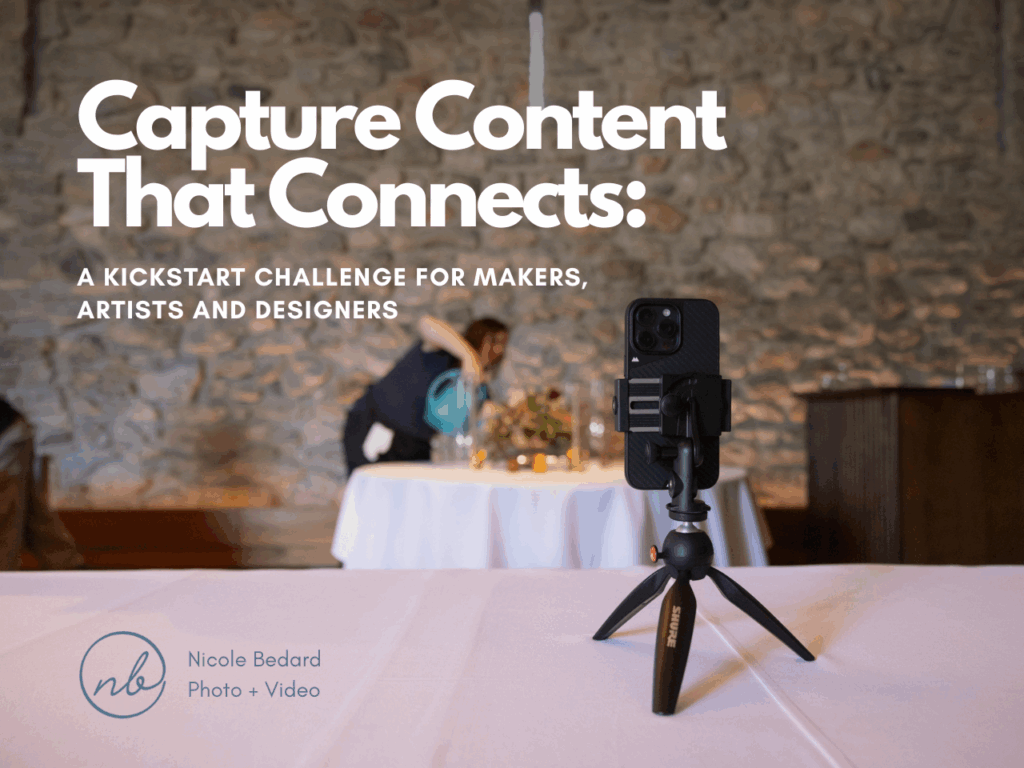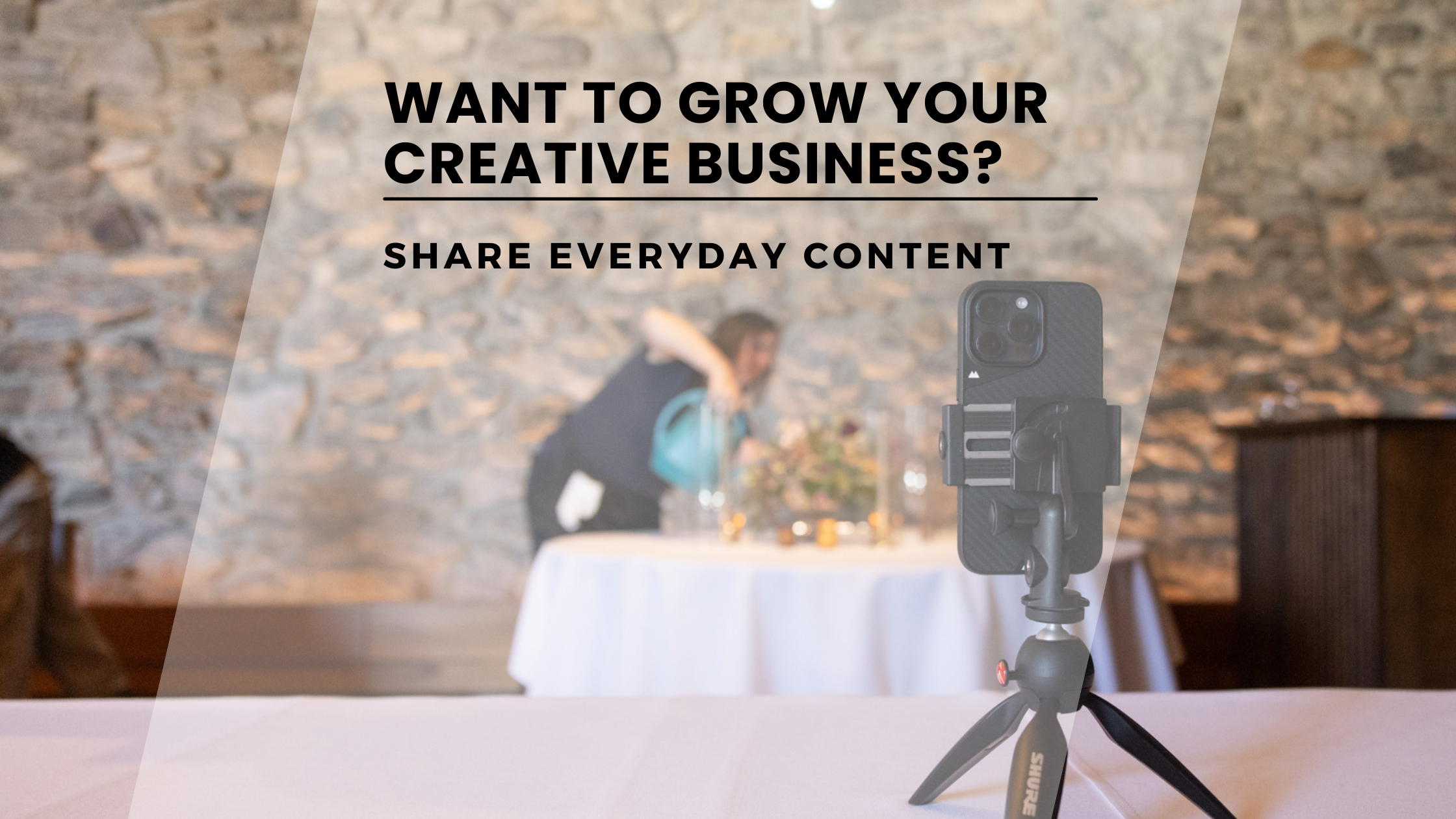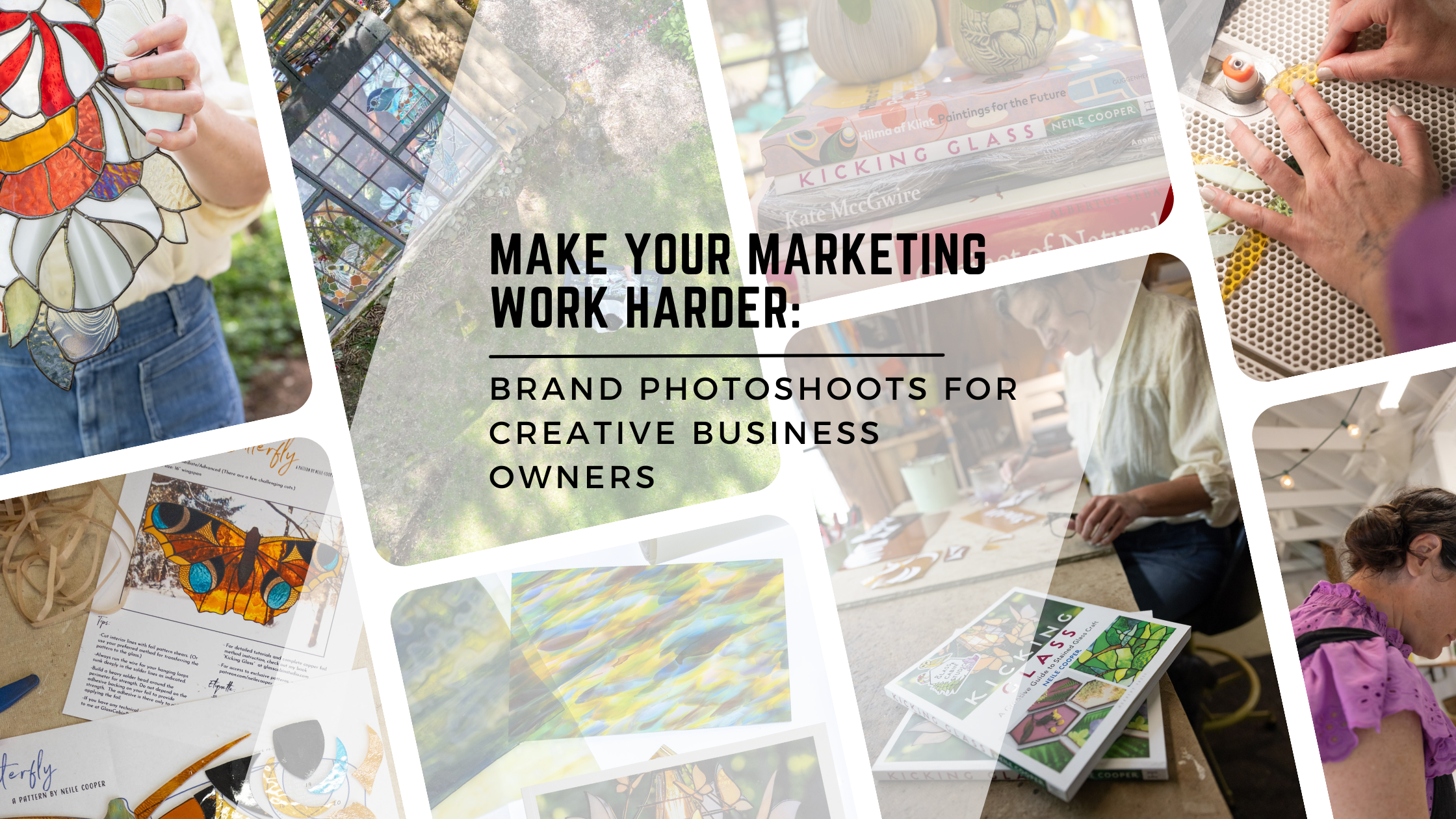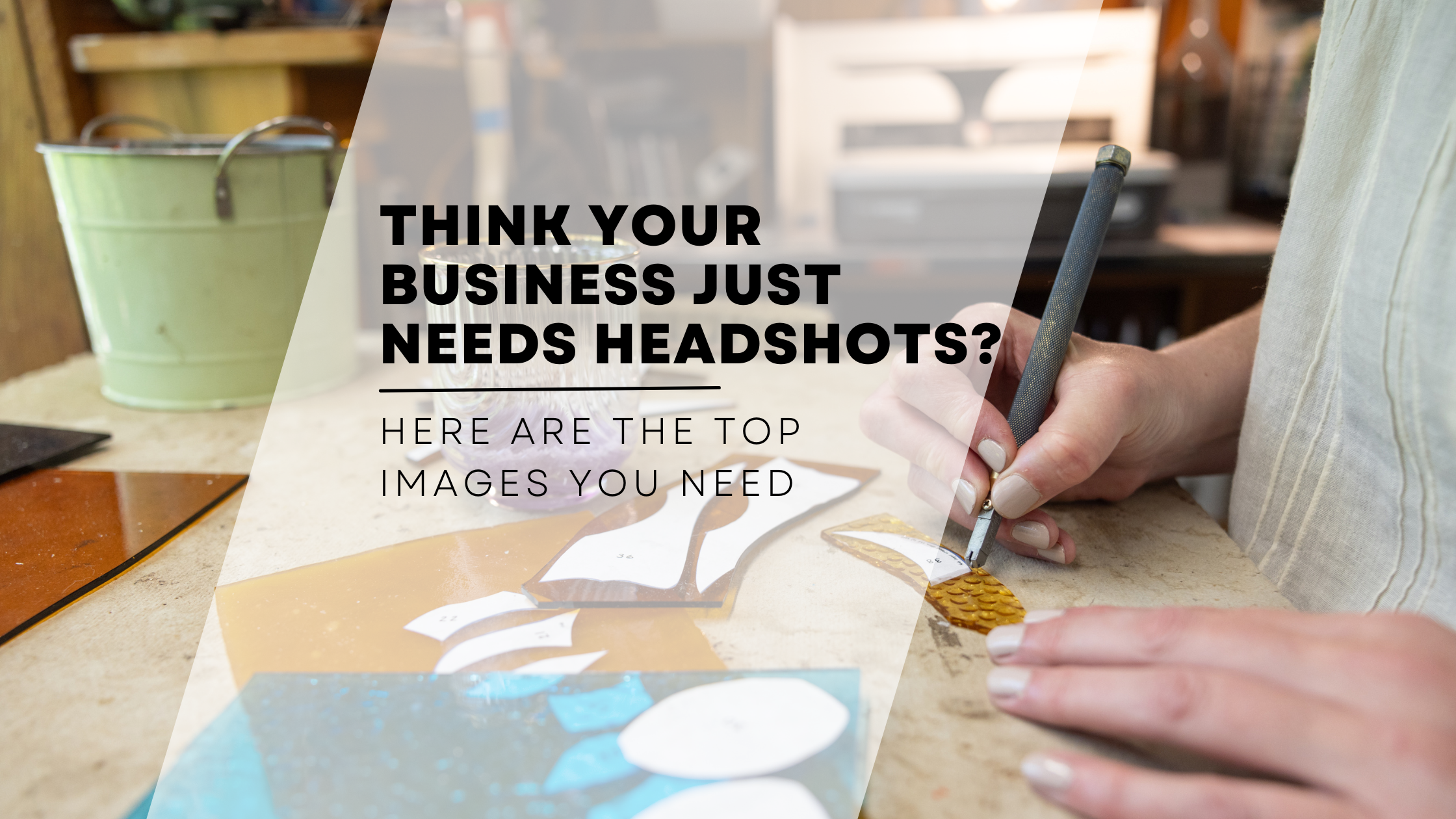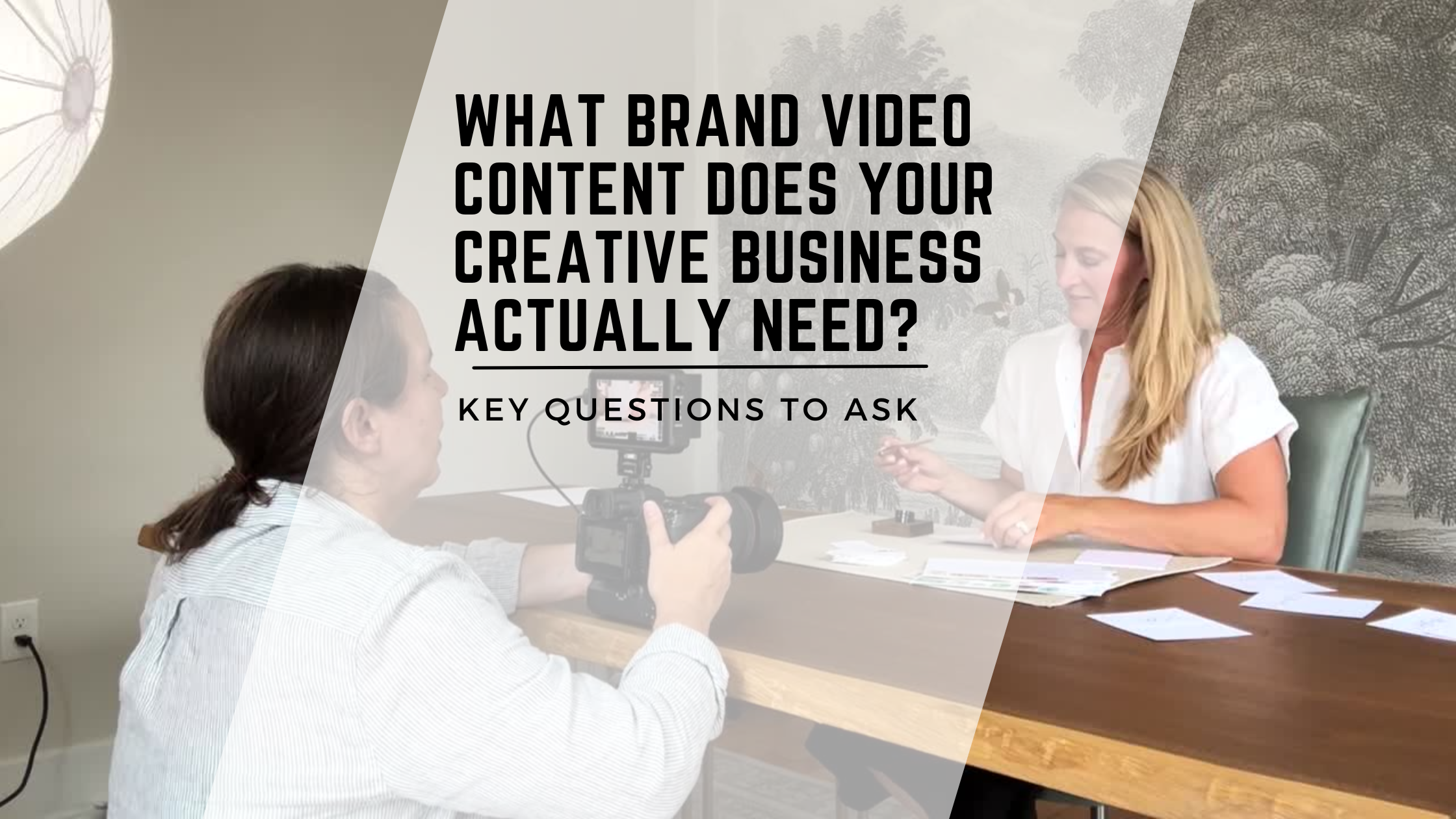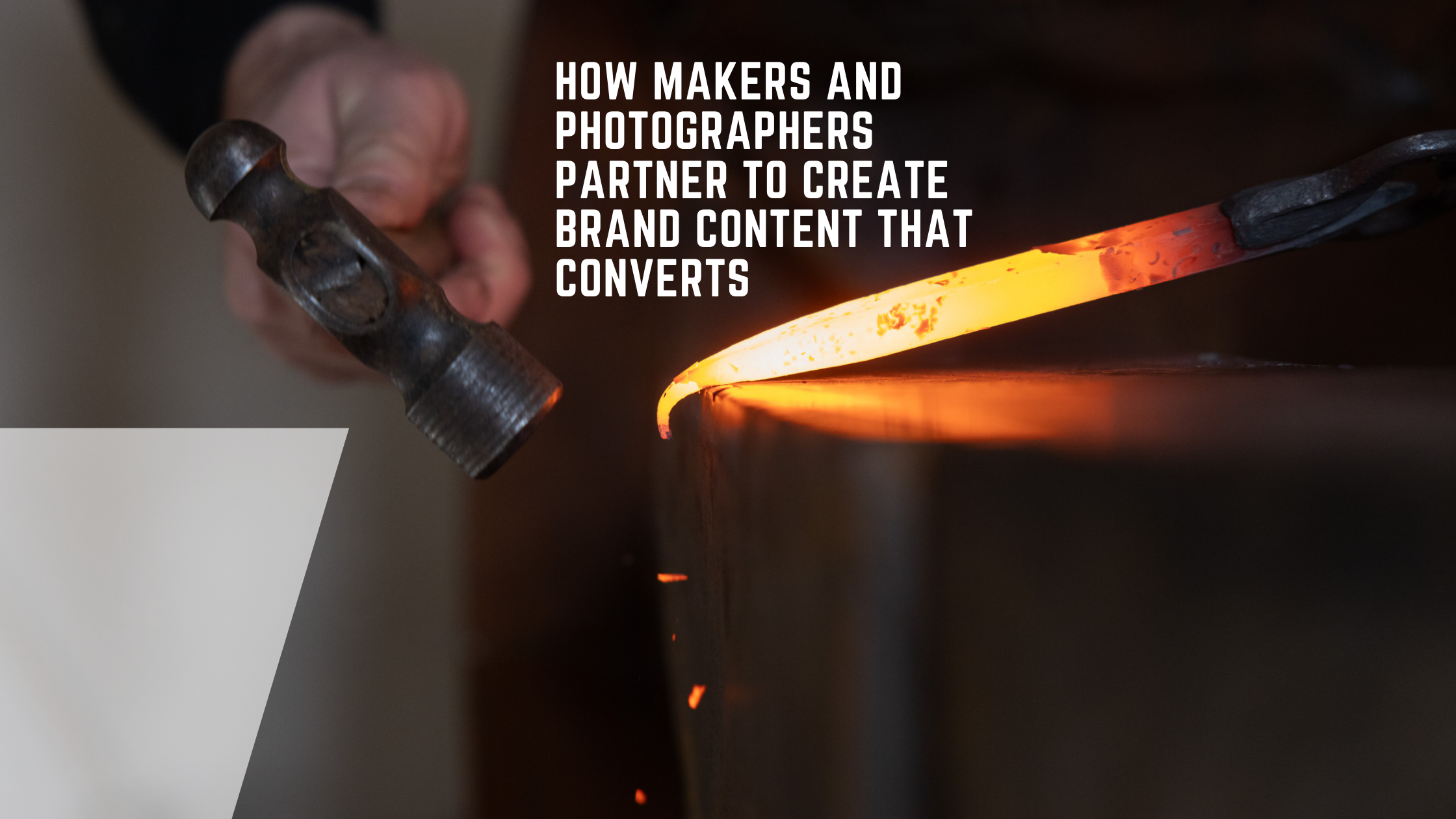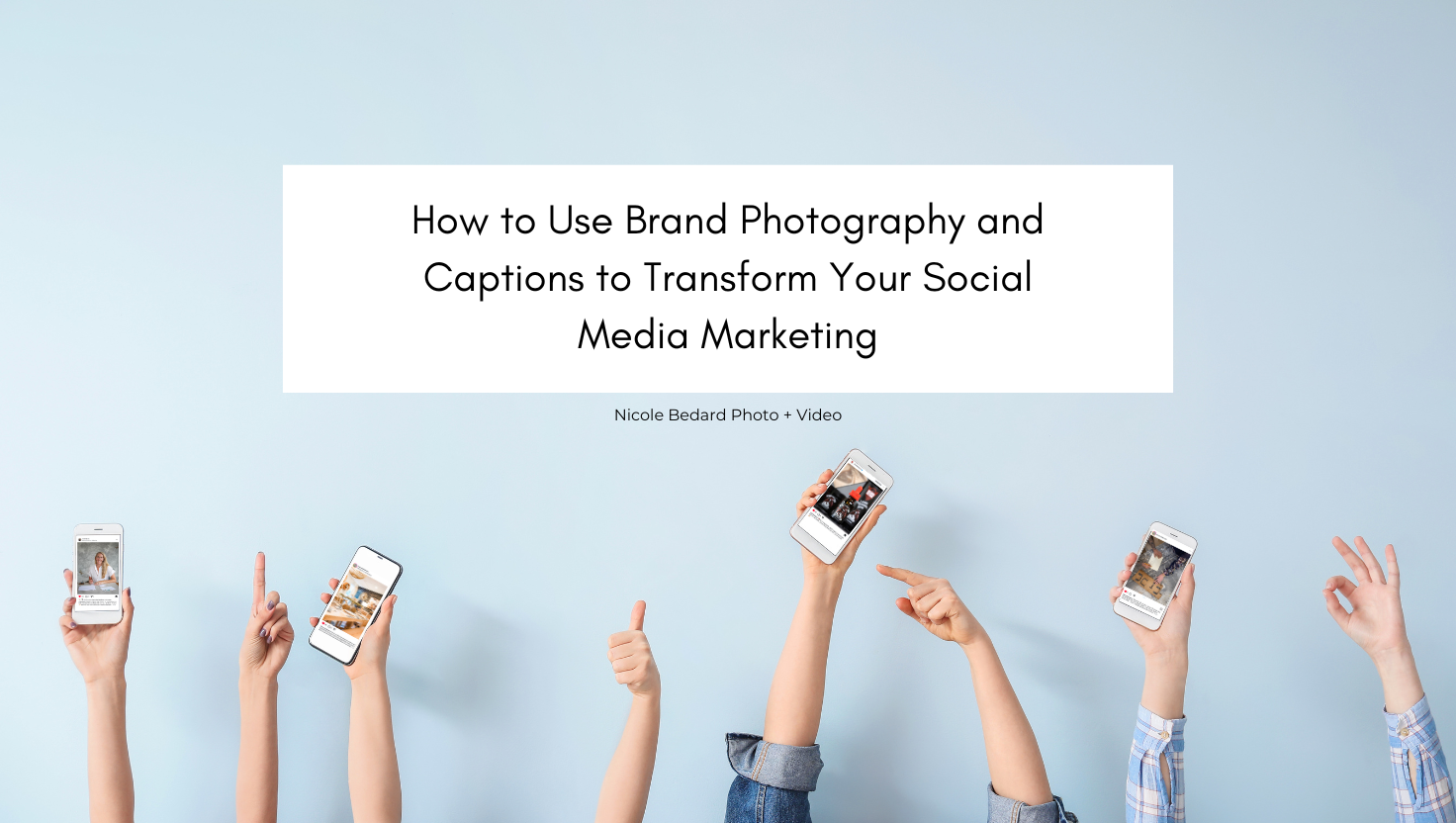(Affiliate links are contained in this post)
Every small business can benefit from strong brand photography and capturing images of your products is just one category in your overall visual brand strategy. Your product photography should represent your brand esthetic and draw your audience in to learn more. Not all small businesses can invest in agencies to produce and shoot their product lines and this is why I wanted to share a very common practice used throughout the photography industry, the Lightbox. Many photographers, like myself, learned this trick back in photography school during still life class and I’m happy to report that the creative options that one can do today is far more exciting than my course ten years ago. Below I outline all the various phases of a DIY Lightbox to enhance your product photography, along with a fun creative method. I have also created a DIY Lightbox for Product Photography (DSLR or Mobile) Recap video along with a companion Extended version for those who would like to hear my thought process while moving through the three set-ups.
What is a Lightbox?
A Lightbox is simply a tool that allows you to harness the light, natural or strobe, and direct it to illuminate an object. It is important to note that in photography there is also a Lightbox that film photographers view their slides on. This style is a flat box with lights inside and a translucent or white top. The lightbox I am speaking about today has also be referred to as a light tent or white box. The DIY Lightbox outlined below is made using white foam board, but you can add your creative touch with different color backgrounds and foregrounds. I do recommend that a white foam board (or reflector) is used on the opposite side of the main light source to maximize the light bouncing back onto the product. (check out the videos at the end of this post to see the Lightbox in use)
Phases Of A Lightbox
Phase 1 – Two Foam Boards

The first phase of the Lightbox set-up consists of two pieces of foam board. Here in this example, I am using two white foam boards. White will provide the most light to bounce back onto your product vs a color foam board. In this set-up you will notice more shadows on the opposite side of your light source. This might work for your product branding or you may need to fill in those shadows. If so, check out phase 2 for more light.

Phase 2- Three Foam Boards
Phase two of the DIY Lightbox consists of three pieces of white foam board. The placement of the third piece of foam board is opposite of your main light source. The light will bounce off the white foam board and back onto your product to fill in any shadows.


Bonus Phase 3 – Foam Boards and Silver Reflector

The phase 3 set-up for the DIY Lightbox replaces the third piece of foam board with a silver reflector. The silver reflector will bounce even more light onto your product. This is helpful with you want to eliminate almost all shadows from your image.

Bonus Phase 3+ – Foam Board, Silver Reflector and Diffuser
This phase is a twist on the phase 3 and can combat the harsh light that is seen when shooting with natural light during high noon. Now if your branding calls for more dramatic lighting, keeping phase 3 might work for your visual branding. If you want to soften the harsh light and now have extreme shadows, then phase 3+ is for you. In the 6 & 1 Reflector Kit there is a diffusor panel and when placed over the main light source this will soften the intensity of the light.

Get Creative! Reflection Product Photography

Once the basic Lightbox set-ups are mastered, you can up your creativity and have fun creating brand product photography for your business. Here I use a piece of plexiglass to creative a reflection image. The best part is that you can lay a piece of plexiglass on any color and designed surface to create a unique reflection image. Have fun with this set-up!

The DIY Lightbox For Product Photography: The On-Location Setup and Results
See The DIY Lightbox In Action During A Product Shoot (4 min Recap)
See The Extended Cut Of The DIY Lightbox In Action During A Product Shoot (11 mins)
Want to Learn How to Capture Your Everyday Content In Your Creative Space?
You don’t need a professional photographer or a perfectly staged studio to start sharing the moments that make your work shine. With just your phone and a few simple strategies, you can capture authentic, scroll-stopping content that builds trust, showcases your process, and helps your audience fall in love with your craft.
That’s exactly what my course, Capture Content that Connects: A Kickstart Challenge for Makers, Artists, and Designers, is designed to do. For just $27, you’ll learn how to confidently capture and share the everyday content that fuels connection and growth in your creative business.
👉 Join the course today and start turning your everyday process into powerful brand content!
